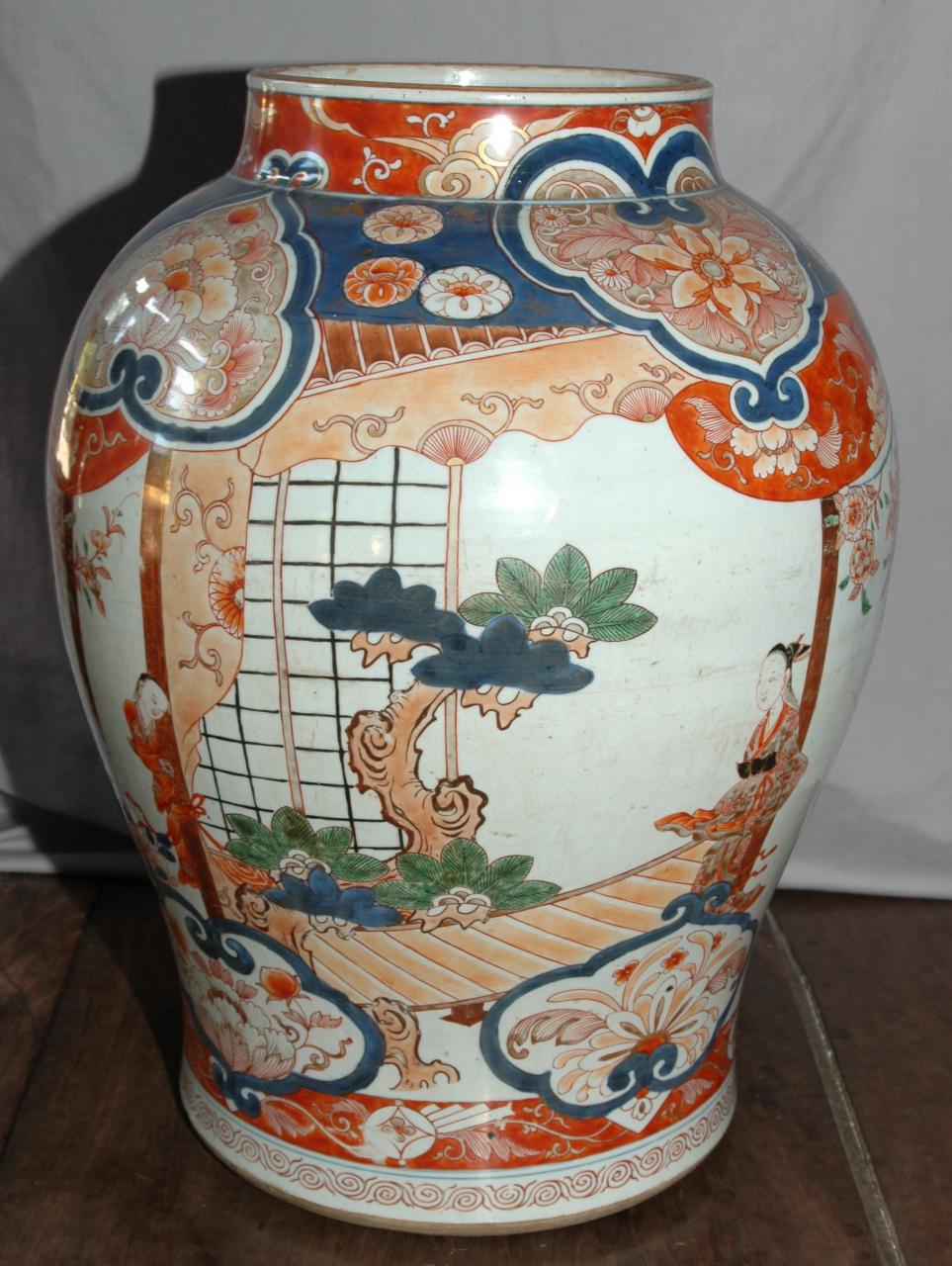
In the early 17th century, the Tokugawa shogunate that was ruling Japan at that time implemented the policy of issuing licenses (shuin-sen) to Japanese merchant ships to trade abroad.
During the period 1604 - 1634, 130 shuin-jo were granted by the Shogunate to Japanese merchant ships trading with Dai Viet, of which 86 shuin-jo were granted to merchant ships trading in Hoi An.
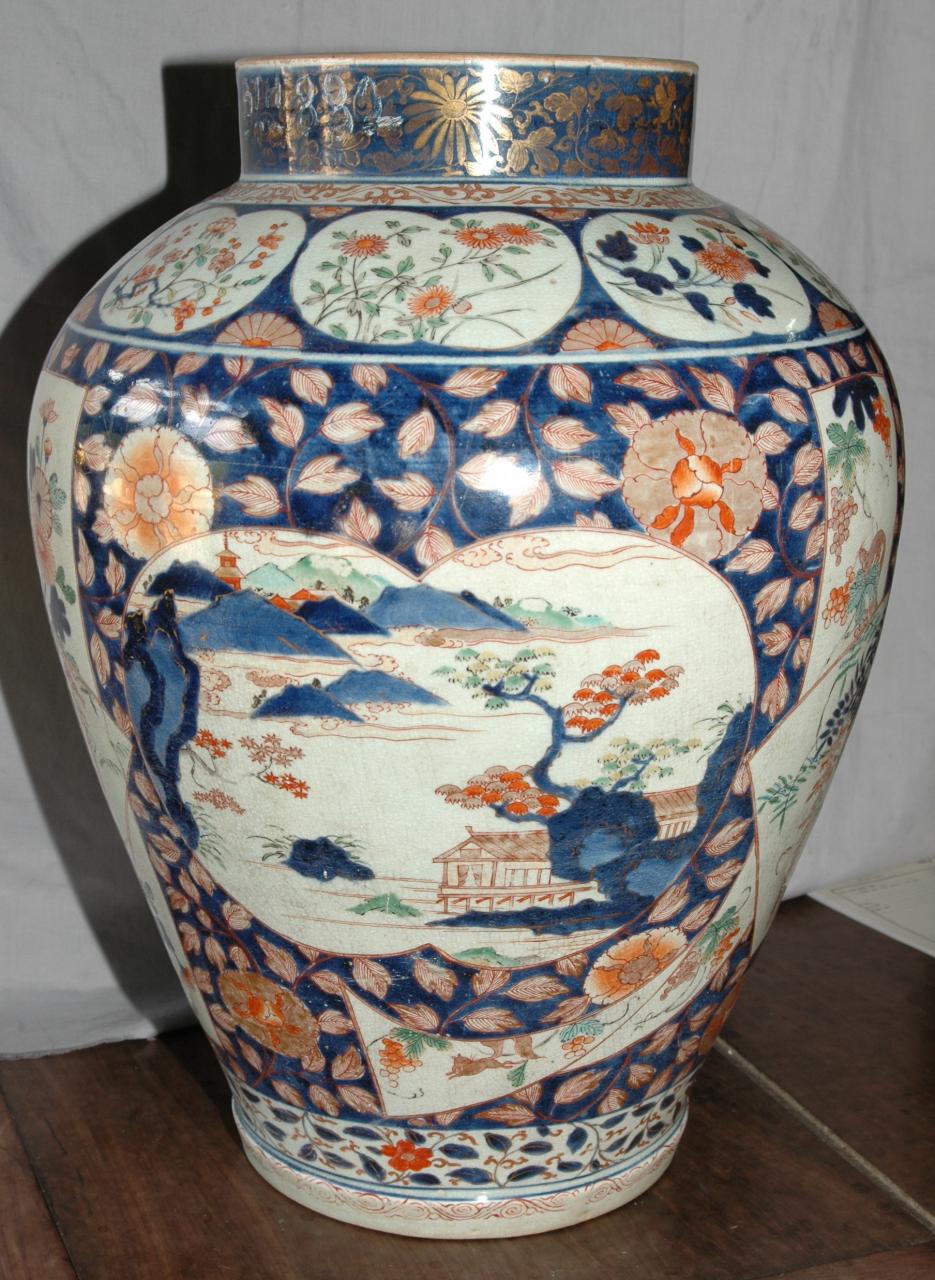
Japanese people love Vietnamese pottery
One of the Vietnamese products that was popular with the Japanese at that time was pottery.
Professor Hasebe Gakuji, a Japanese ceramics researcher, said: “The ceramic production technique in Japan in the 14th century was far behind that of Vietnam.” Therefore, the Japanese imported ceramics from Vietnam not only for their own use but also to learn and study Vietnamese ceramic making techniques.
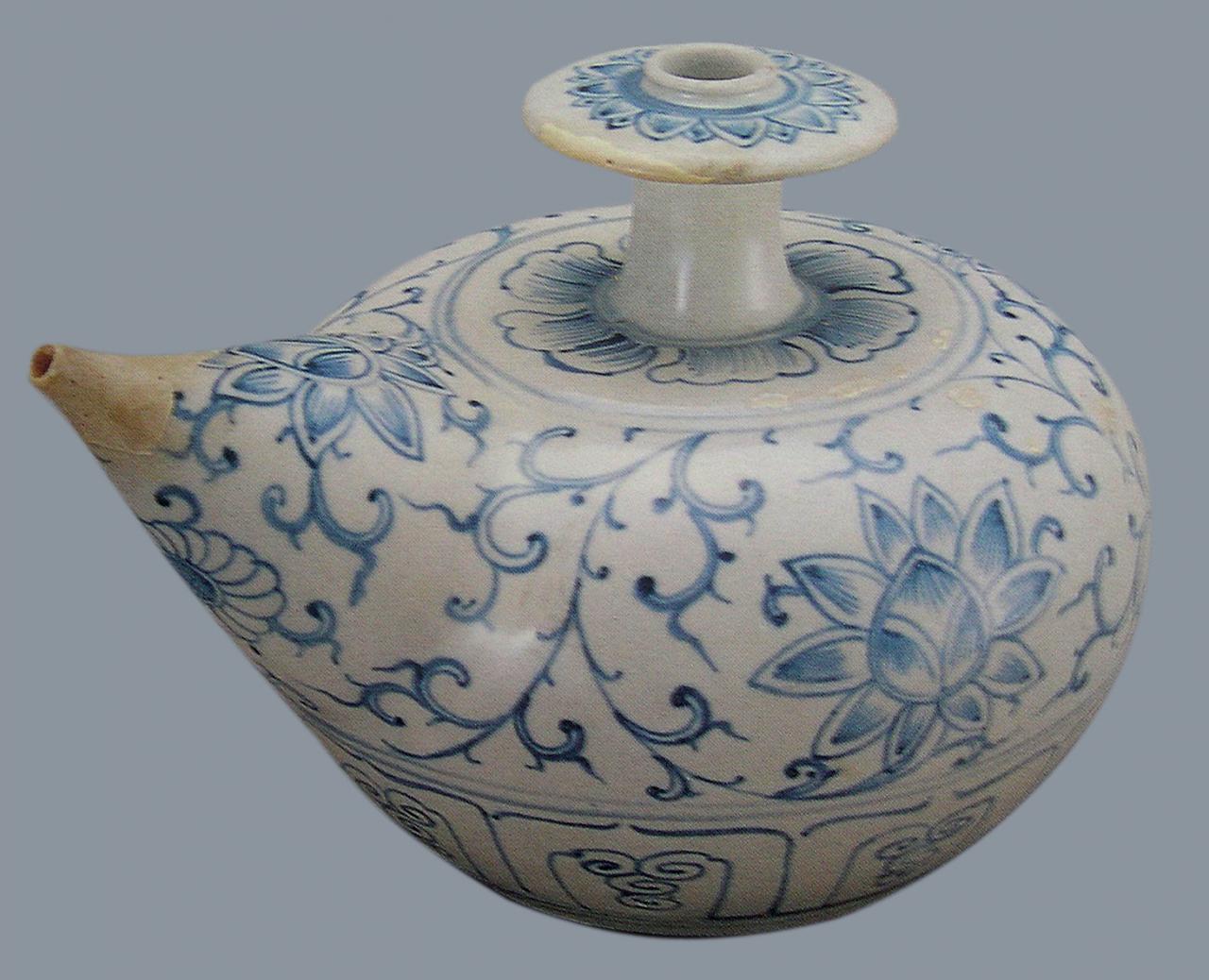
Also according to Professor Hasebe Gakuji: "There are valuable documents that can determine the path of bringing Vietnamese porcelain to Japan: In the early days of prosperous shuin-sen trade, many Japanese people came to Hoi An many times and stayed for a while, including the merchant family Osawa Shirozaemon, who still keeps several types of Vietnamese porcelain."
With verified documents, Associate Professor, Dr. Do Bang also said: "Among the items purchased in Hoi An by Japanese traders, there were ceramics produced locally (ie Thanh Ha ceramics)."
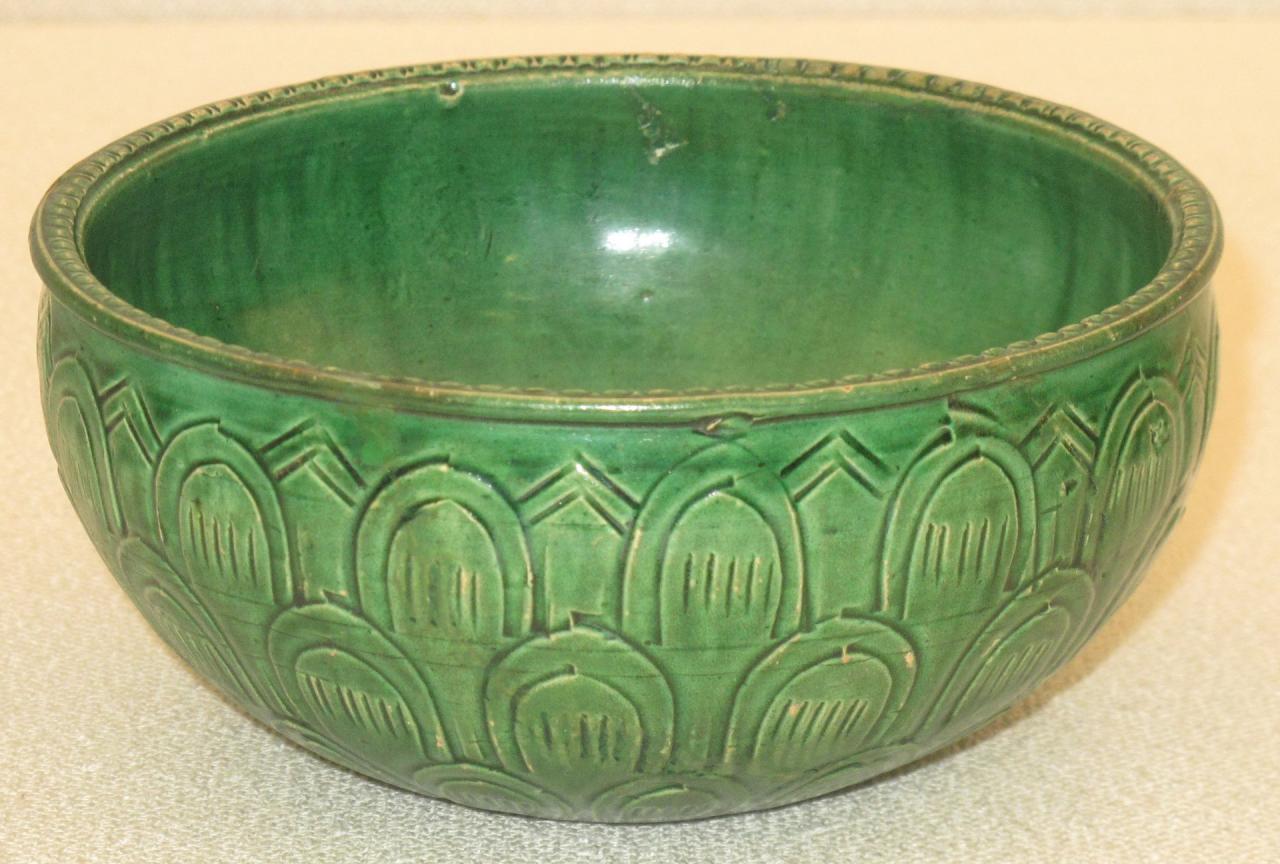
According to a study by Dr. Nishino Noriko, published at the conference History and prospects of the relationship between Vietnam and Japan: View from Central Vietnam (Da Nang University, November 2013), the path of importing Vietnamese ceramics into Japan went through 4 periods:
Period 1: from the 14th century to the early 15th century, through the pirate "route" (wako);
Second period: from the 15th to the 16th century, through intermediary trade with Ryukyu and Kagoshima;
Third period: from the second half of the 16th century to the beginning of the 17th century, through the red seal ship trade (shuin-sen), Japanese merchant ships directly traded with Vietnam;
Fourth period: in the second half of the 17th century, when Japan applied the "sakoku" policy, Vietnamese ceramics imported into Japan were mainly carried out by Chinese or Dutch merchant ships.
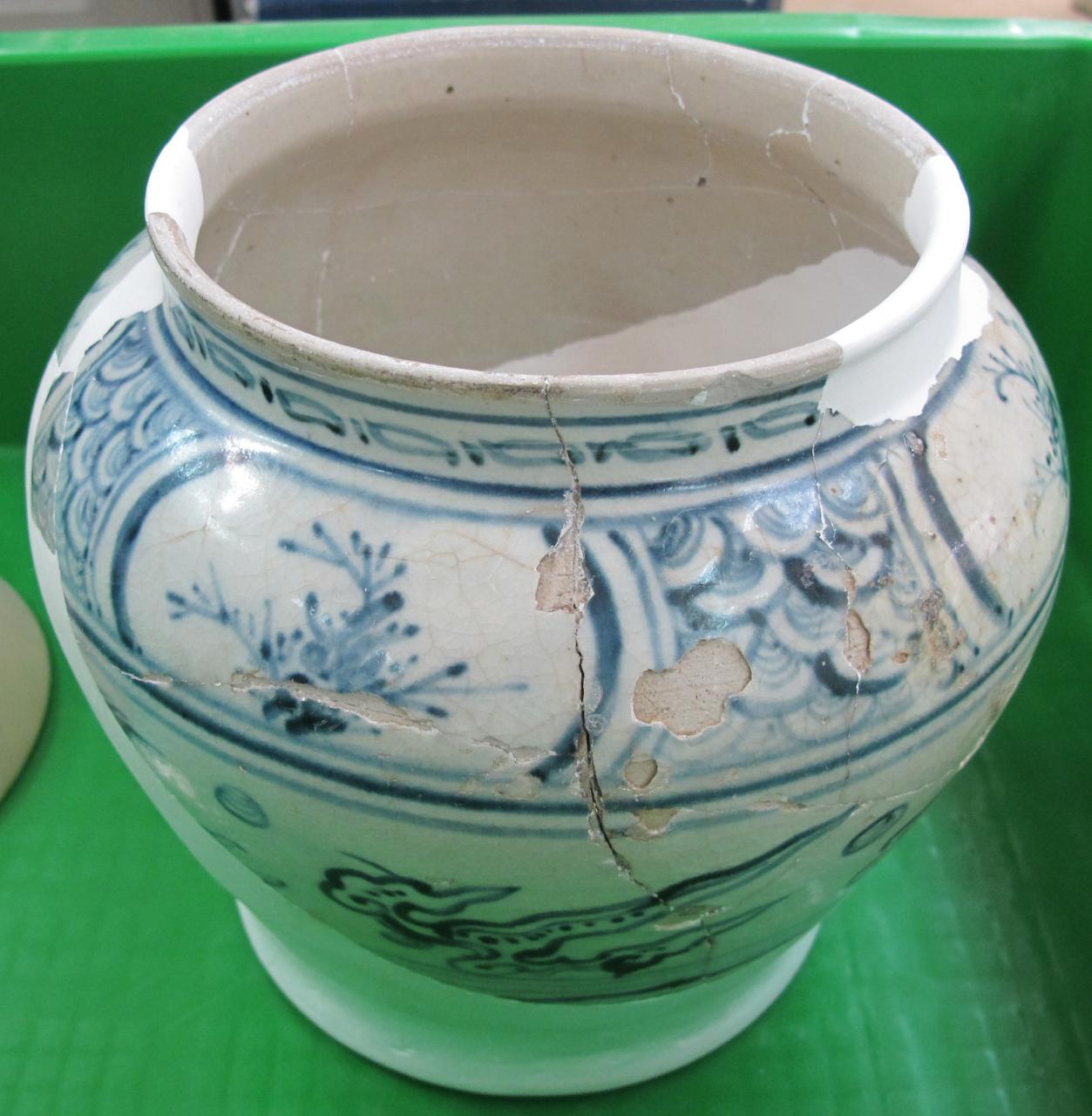
Of the four periods above, the Shuin-sen period was the period when Japan imported the most Vietnamese ceramics. The Japanese bought Vietnamese ceramics mainly for use in the tea ceremony.
According to the book Tra Hoi Ky, from the end of the 14th century, Vietnamese ceramics were used by the Japanese in tea ceremonies. They called those items Nanban Shimamono (if they were ceramics) and An Nam (if they were porcelain).
Ceramic trade
According to Dr. Nishino Noriko, it is likely that in the first half of the 17th century, the Japanese directly came to Vietnam to direct the production of custom-made ceramics according to their requested designs.
History books also recorded the event of a Japanese woman named Chiyo (1671 - 1741), daughter of merchant Wada Rizaemon, marrying a potter in Bat Trang (Vietnam). This contributed to proving that Wada Rizaemon was the one who directly traded Vietnamese ceramics to sell to the Japanese.
On the other hand, since the end of the 17th century, the Japanese have successfully produced high-end ceramic lines such as: Nabeshima, Kutani, Imari and Kakiemon. Of which, Nabeshima porcelain and Kutani porcelain were only used by the nobility and upper class in Japan, not used by the common people and were little known outside of Japan.

On the contrary, Imari porcelain and Kakiemon porcelain were exported a lot to Europe, as well as favored by dynasties in Asia, including the Nguyen Dynasty in Vietnam, because of their skillful production techniques, elegant designs, and sophisticated decorations...
Since the 19th century, high-class Japanese porcelain was introduced to Vietnam. Many Imari vases, jars, plates, bowls, and Kakiemon vases appeared in the palaces in Hue alongside Chinese and European porcelain.
The Hue Royal Antiquities Museum still preserves many Japanese Imari porcelain, Satsuma porcelain, Hizen pottery... dating from the 17th - 19th centuries. In addition, there are shin-Kutani (new Kutani) tea sets imported into Vietnam from the early 20th century.
Today, Japan is a “ceramic powerhouse”, but it is still a country that imports a lot of ceramics from other countries, for many reasons: affordable prices; unique designs and manufacturing techniques, suitable for Japanese tastes; used in tea ceremonies, traditional ceremonies… And, Vietnamese ceramics are still favored by the Japanese.
Can Vietnamese ceramics continue the trade route as it did in the past? In my opinion, Vietnamese people in general and Quang people in particular should learn about Japanese ceramic tastes to create products that suit the Japanese.
Or we can "restore" traditional Vietnamese ceramics that once had a "place" in the Japanese mind, such as ceramics used in tea ceremonies and rituals, for export to Japan, instead of just "focusing" on making things we like that the Japanese are not very interested in.
Source: https://baoquangnam.vn/nghe-gom-nhin-tu-giao-thuong-viet-nhat-3140776.html









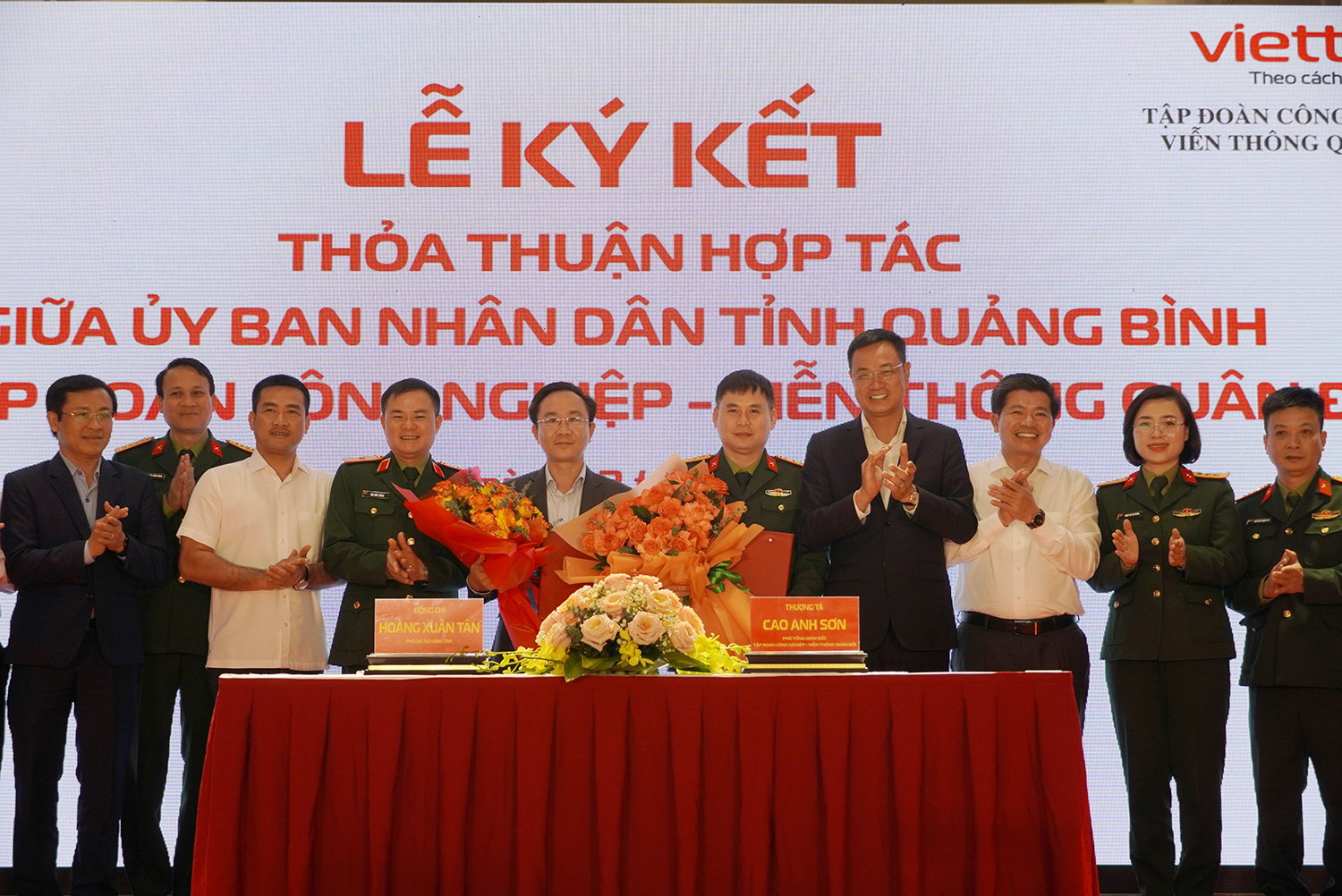
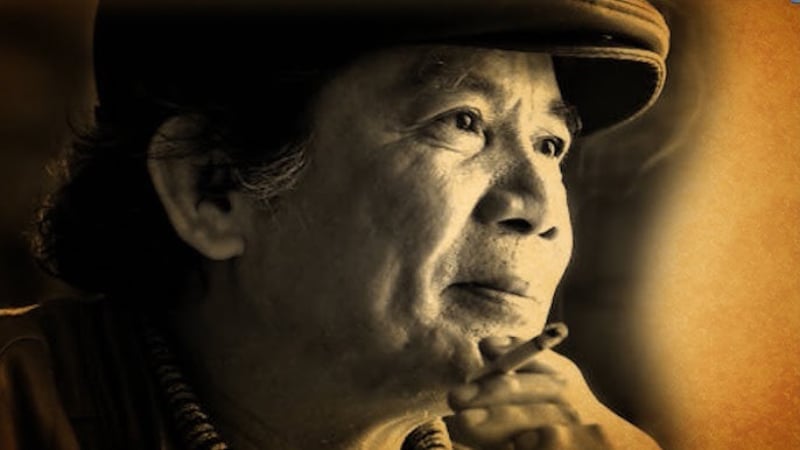
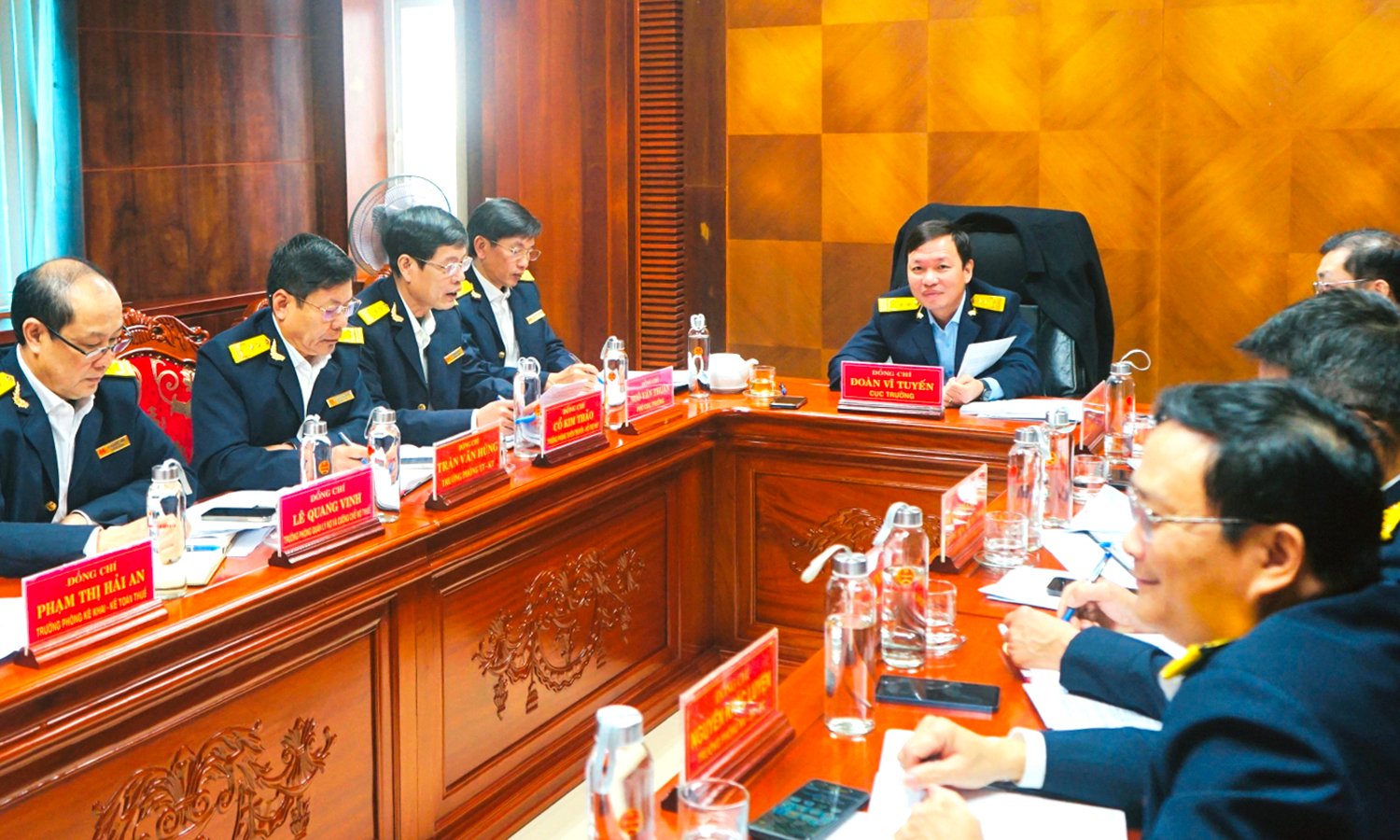
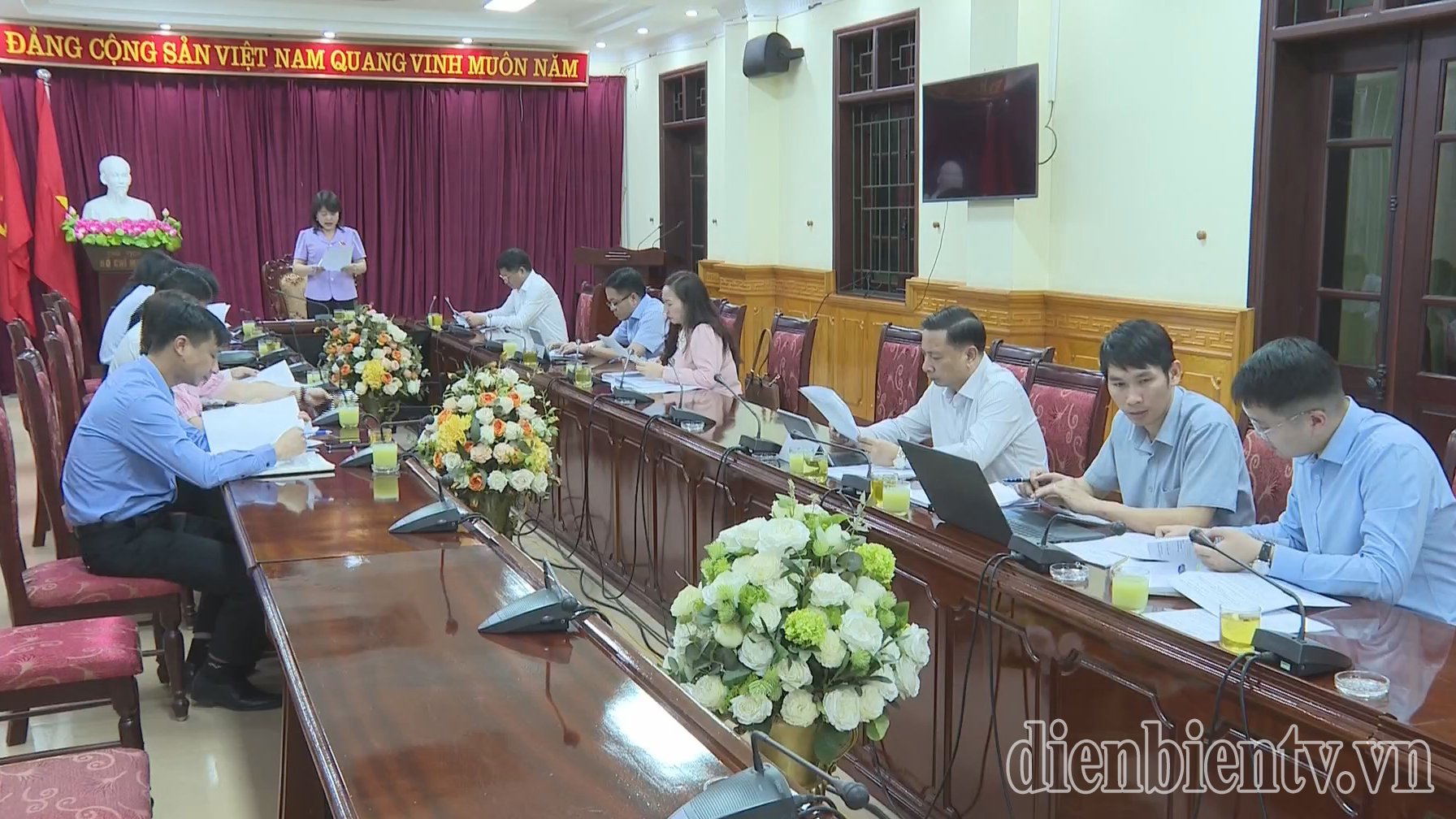
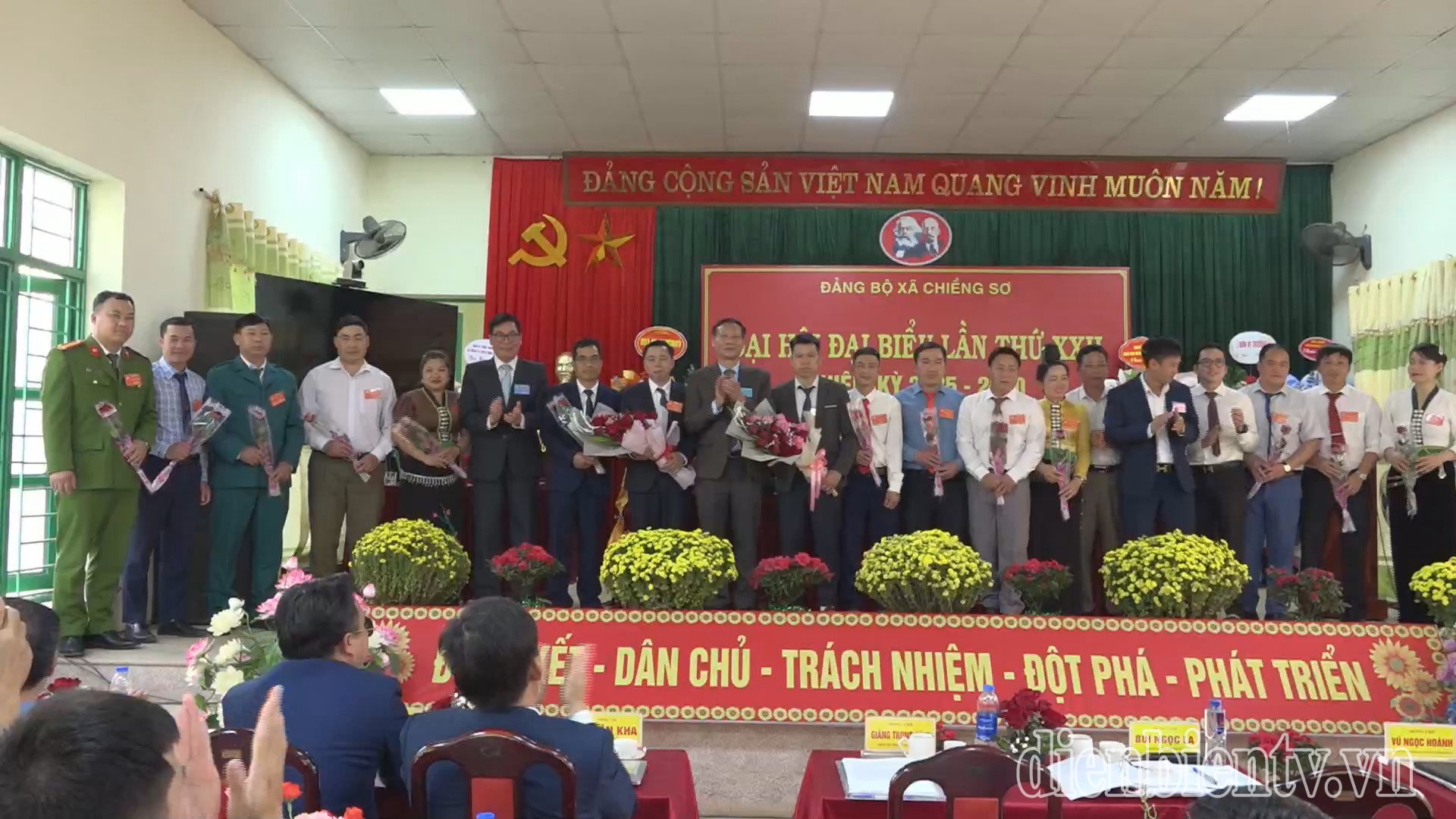
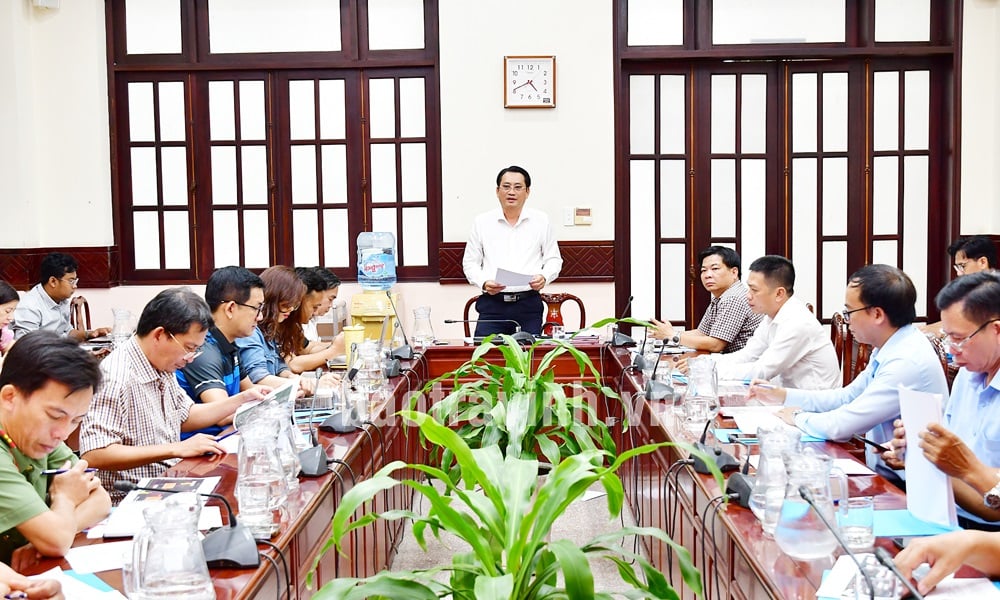
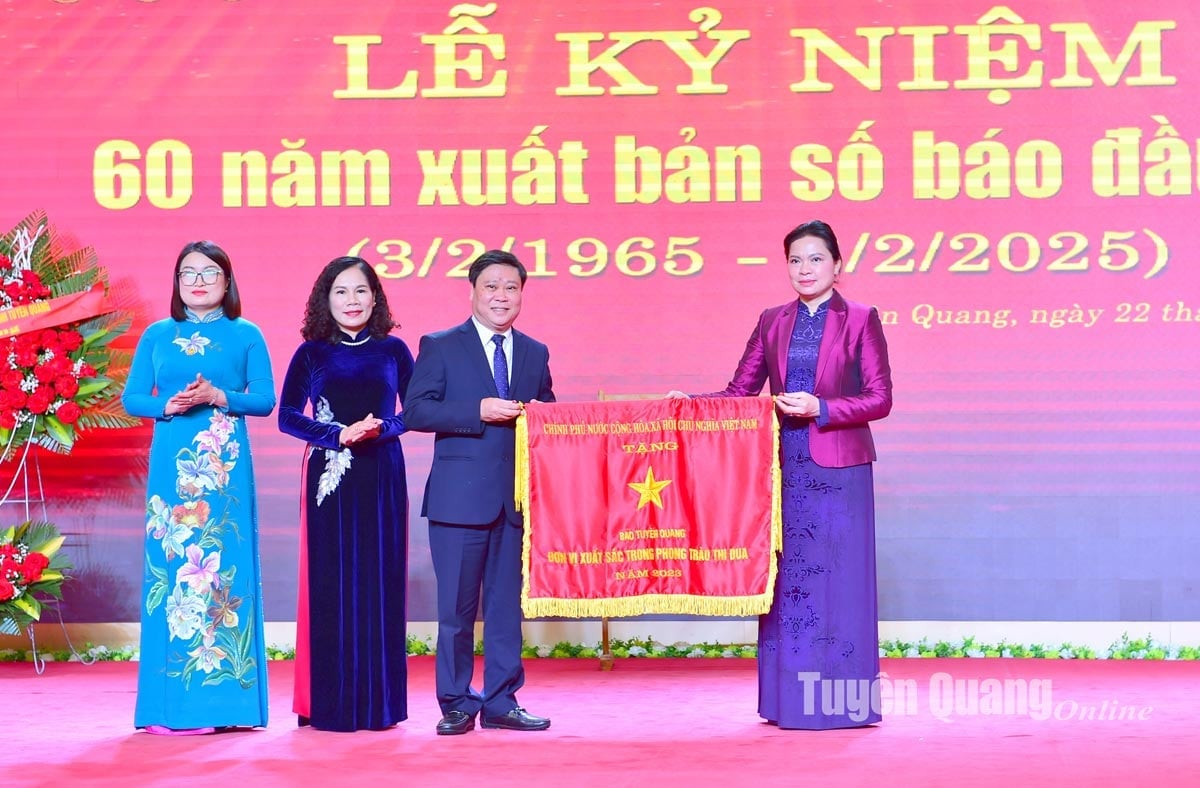
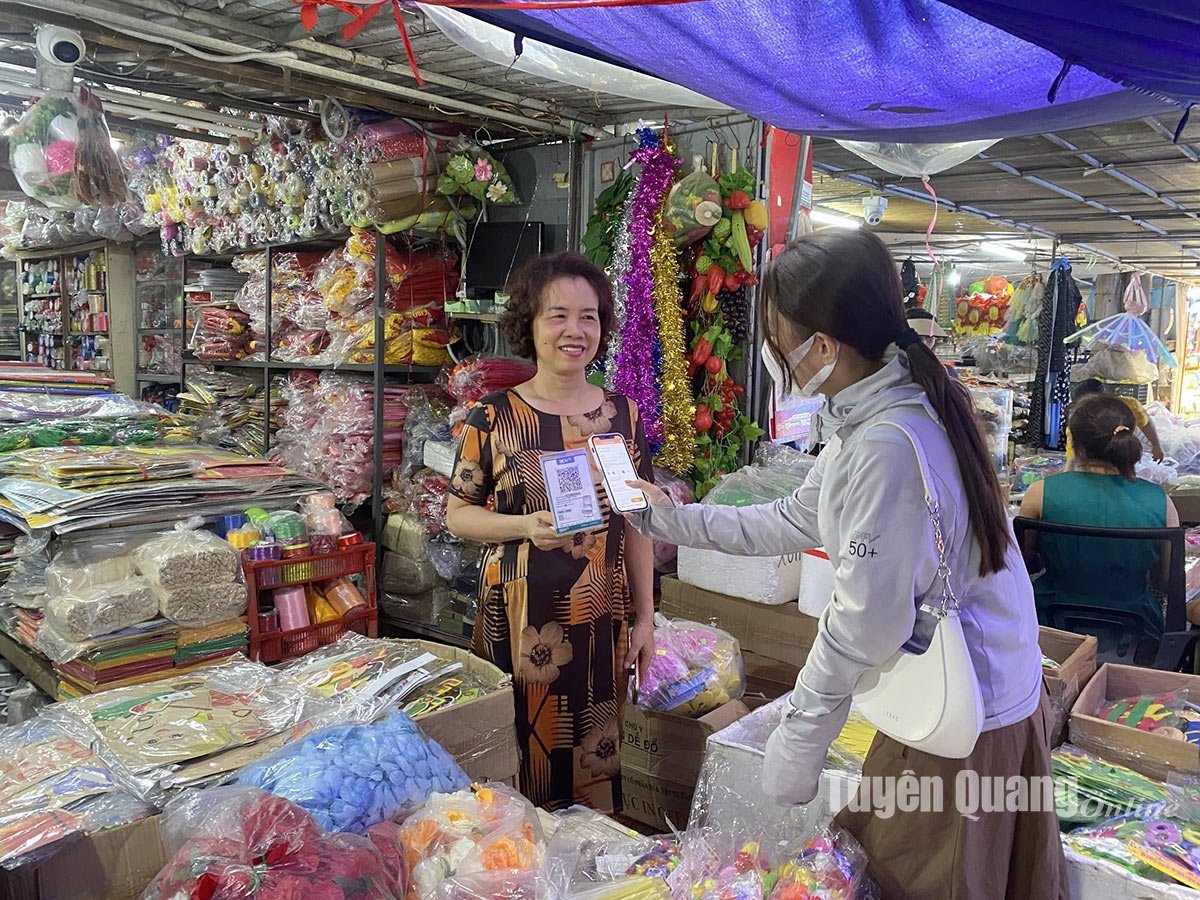


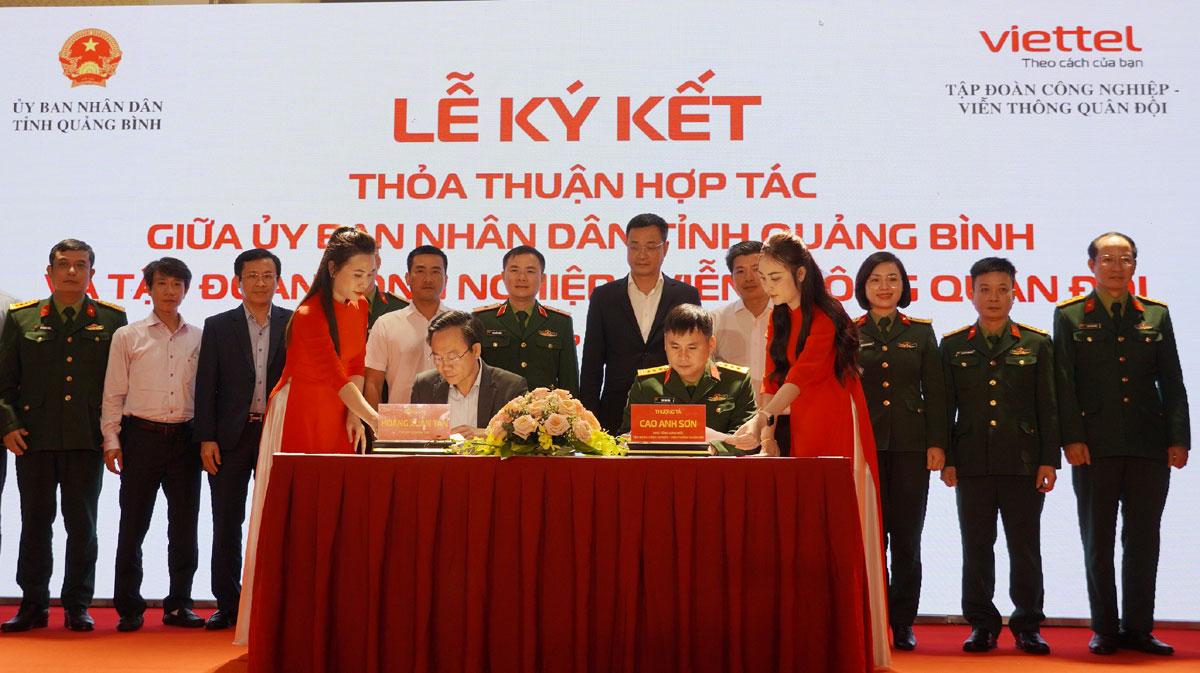


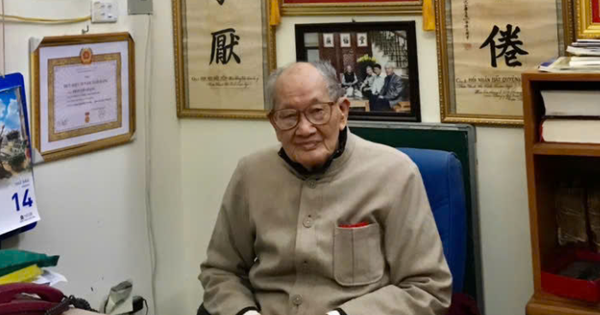












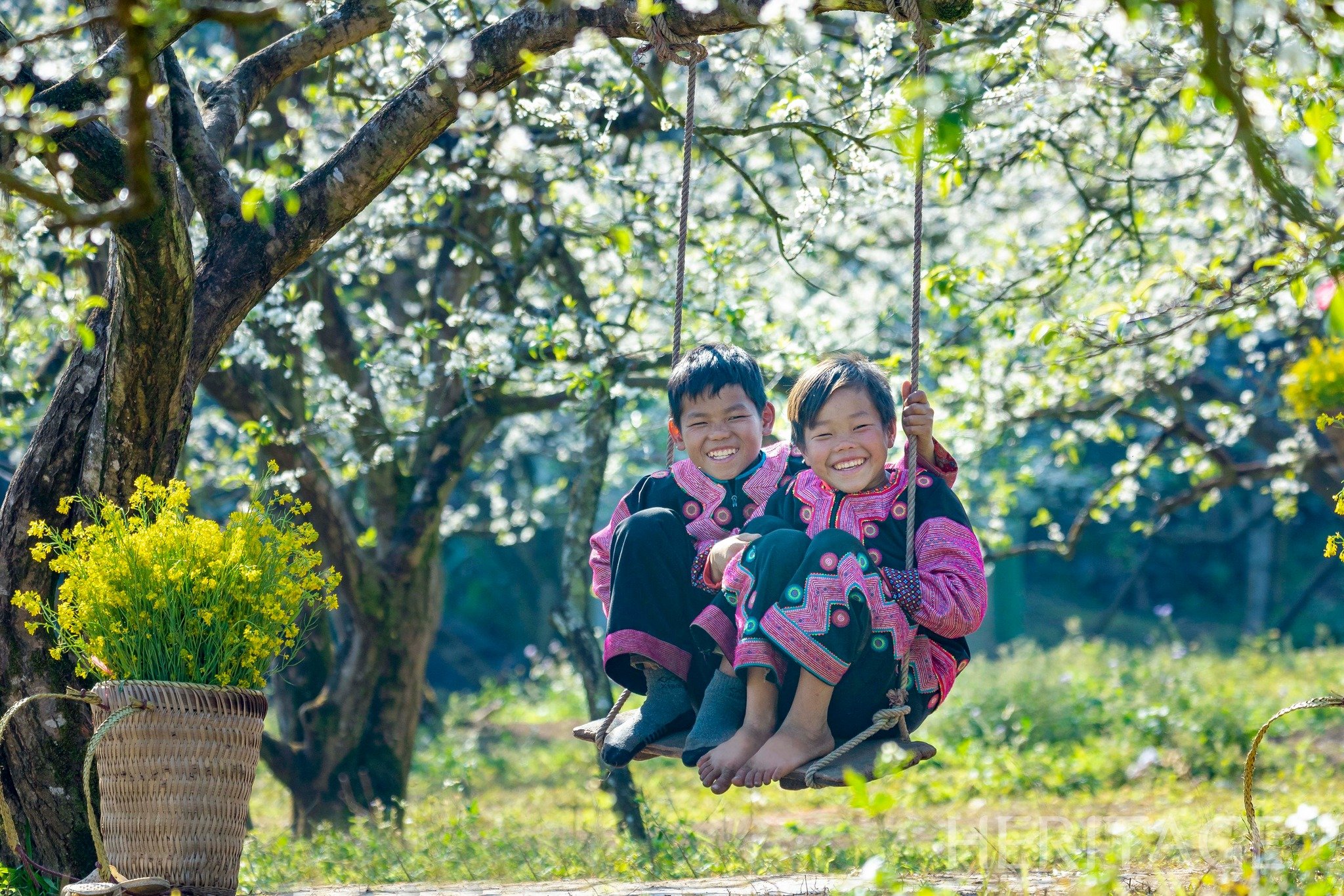
Comment (0)